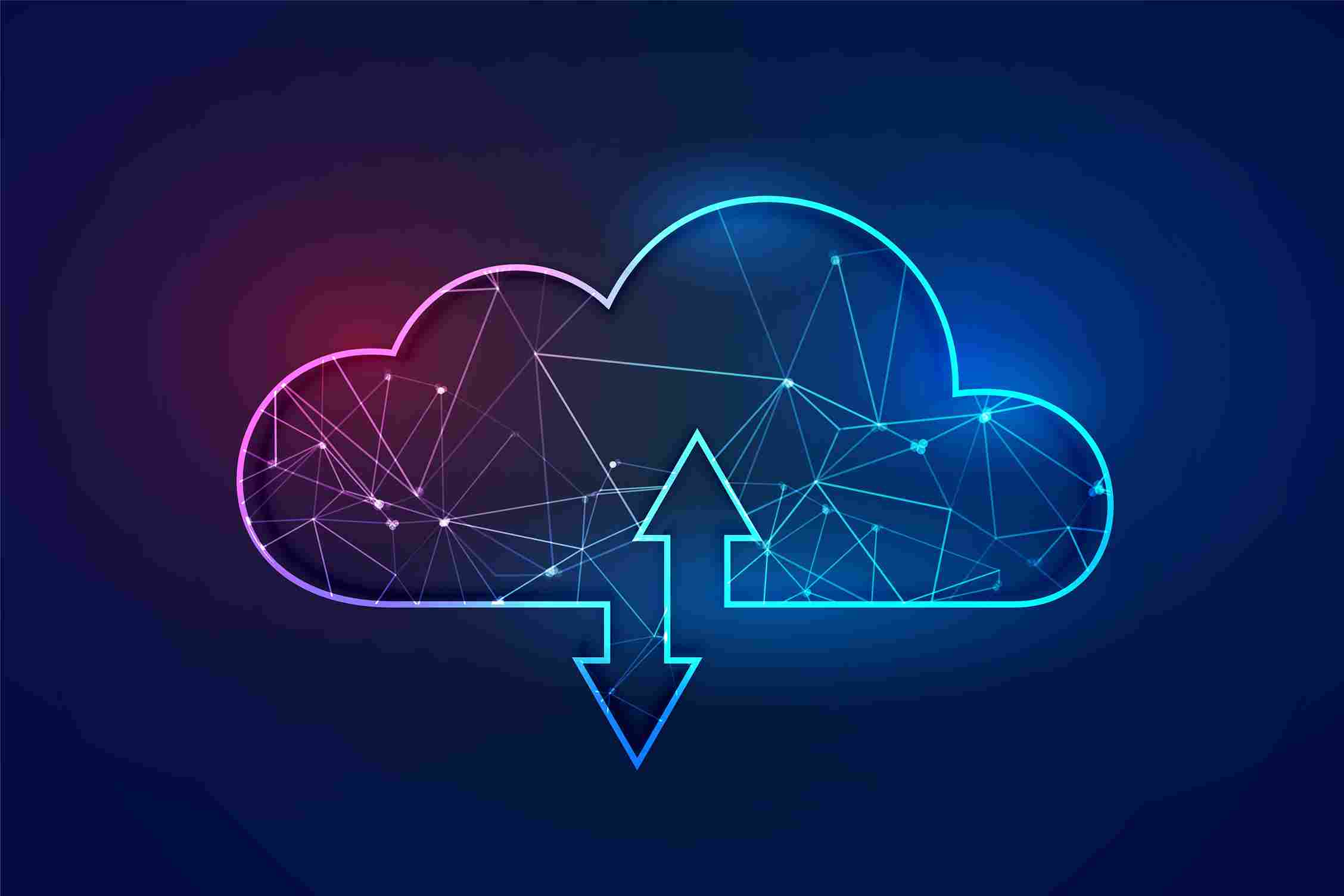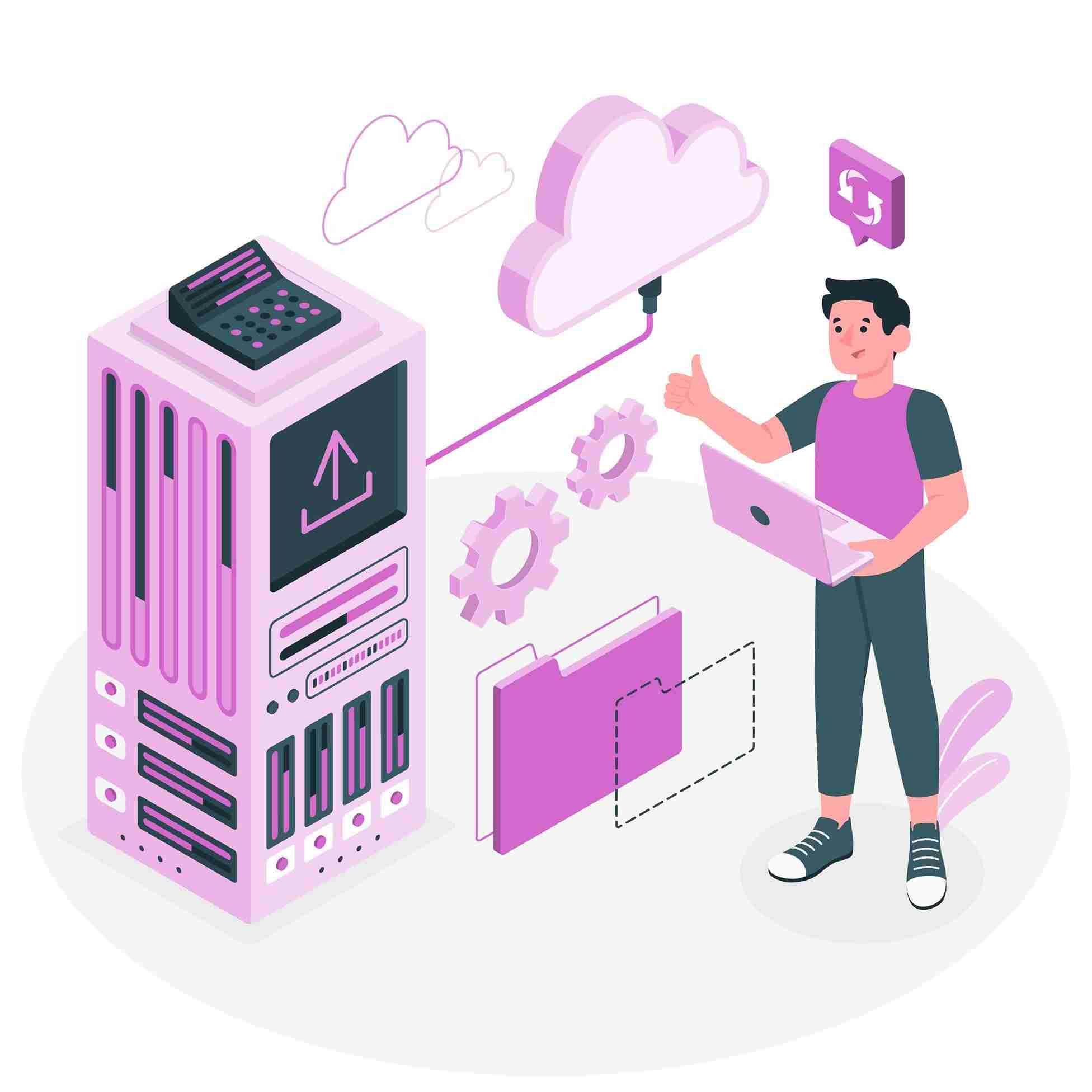Introduction
Understanding the Architecture for Cloud Computing and the subtleties of cloud computing architecture is essential in the ever-evolving field of technology. In an attempt to provide you with unparalleled insights into the cloud computing sector, we at Many Companies delve deeply into this revolutionary architecture.

The Basis: Fundamentals of Cloud Computing
What Cloud Computing Is Not
At its core, cloud computing is a paradigm shift in the way we think about and utilize computer resources. It covers a broad spectrum of online services, including apps, storage, and processing power.
Important Elements of Cloud Computing
Infrastructure as a Service (IaaS):
IaaS lays the foundation by offering virtualized computing resources over the cloud.
-
- Servers, storage, and networking components are seamlessly provisioned, enabling scalability and flexibility.
Platform as a Service (PaaS):
-
- PaaS streamlines application development by providing a platform with tools and services.
- Developers can focus on coding without concerning themselves with underlying infrastructure intricacies.
Software as a Service (SaaS):
-
- SaaS delivers software applications over the Internet, eliminating the need for local installations.
- Accessibility and updates are facilitated without user intervention.
Navigating Cloud Computing Architecture
Multi-Layered Architecture
- User Interface: The entry point for user interaction.
- Application Layer: Where application-specific functionalities reside.
- Logic/Processing Layer: Handles data processing and application logic.
- Data Layer: Stores and manages data.
Architecture for Cloud Computing,
where your data takes flight in the digital sky! Just like how you’d lock your front door before heading out, your data needs protection in this vast cloud universe. Today, we’re going to explore the friendly neighborhood superhero of cloud security – Multi-Layered Architecture!
Picture Your Data as a Precious Gem:
Imagine your data as a precious gem that needs safeguarding. In the cloud, Multi-Layered Architecture is like a series of protective layers around that gem, ensuring it stays safe from any digital mischief.
Get to Know Your Data’s Guardians Architecture for Cloud Computing:
The Super Secret Decoder Ring –
Encryption in The First Guardian: Encryption can be thought of as a super-secret decoder ring that mangles your data into a language that cannot be read. If someone were to sneak in, they would discover nothing but a cacophony of nonsense!
The Bouncer at the Data Club – IAM,
The Second Guardian: Identity and Access Management, or IAM, serves as the equivalent of the nightclub bouncer. It verifies that only the VIPs (Very Important Personnel) are admitted by looking over the guest list, keeping the common people out
The Third Guardian: MFA –
The Double Lock System: Multi-factor authentication is like having two locks on your front door. Even if someone swipes your keys (passwords), they’d need a secret code from your phone or email to get in. Double protection!
The Fourth Guardian: Security Audits –
The Data Health Checkup: Imagine regular checkups for your gem. Security audits guarantee everything is in working order by finding and addressing any weak points before they become issues.
The Digital Bodyguards, or Firewalls and IDS,
The Fifth Guardian. As digital bodyguards, firewalls and intrusion detection systems monitor the boundaries of your data to make sure no shady actors get past. They mirror the unsung heroes who are on guard.
Compliance – The Rulebook for the Digital Universe:
- Following the Rules: In our digital universe, there are rules and regulations. Just like you’d follow traffic rules on the road, businesses need to follow data protection rules. It’s like a giant rulebook for playing safe in the cloud.
- Keeping Data in the Right Neighborhood: Imagine your data has a preferred neighborhood it likes to live in. Compliance ensures your data stays in the right area, following the rules of that particular digital community.
Looking to the Future – New Tech Adventures:
- The Superheroes of Tomorrow of Architecture for Cloud Computing: Picture super-smart digital superheroes predicting and preventing problems before they even happen. That’s the future role of Machine Learning and Artificial Intelligence in keeping your data safe.
- Guarding Against Quantum Villains: Quantum computing might sound like something out of a sci-fi movie, but it’s real! Future-proofing your data means staying one step ahead, creating defenses against any quantum threats that might arise.
Scalability and Elasticity of Architecture for Cloud Computing
Our approach to cloud architecture focuses on scalability and elasticity, ensuring your infrastructure seamlessly adapts to varying workloads. This dynamic responsiveness guarantees optimal performance even during peak demand.
Security Measures in Cloud Architecture
Robust Security Protocols
Data Encryption:
-
- All data transmitted and stored is encrypted, safeguarding it from unauthorized access.
Identity and Access Management (IAM):
-
- IAM protocols ensure that only authorized users have access to specific resources, enhancing overall system security.
FAQS
What is cloud computing?
Architecture for Cloud Computing is a paradigm shift in utilizing computer resources, covering online services like apps, storage, and processing power.
What are the key elements of cloud computing or Architecture for Cloud Computing?
Infrastructure as a Service (IaaS), Platform as a Service (PaaS), and Software as a Service (SaaS) are fundamental elements, offering virtualized resources, streamlined application development, and software delivery over the internet, respectively.
What is Multi-Layered Architecture in cloud computing?
It’s a protective framework with layers like User Interface, Application, Logic/Processing, and Data, ensuring the security of your data in the digital sky.
How does encryption protect data in Multi-Layered Architecture?
Encryption acts as a super-secret decoder ring, transforming data into an unreadable language, and providing a secure layer around your valuable information.
What is the role of IAM in cloud security?
Identity and Access Management (IAM) acts as a bouncer, allowing only authorized users access to specific resources, and enhancing overall system security.
How does Multi-Factor Authentication (MFA) enhance data security?
MFA functions as a double lock system, requiring additional verification even if passwords are compromised, providing an extra layer of protection.
Conclusion:
In conclusion of Architecture for Cloud Computing, our exploration into Architecture for Cloud Computing reveals its transformative potential. We stand at the forefront of technological innovation, offering you a comprehensive understanding of Architecture for Cloud Computing that goes beyond the surface. Embrace the future with a cloud architecture designed for excellence and efficiency.
